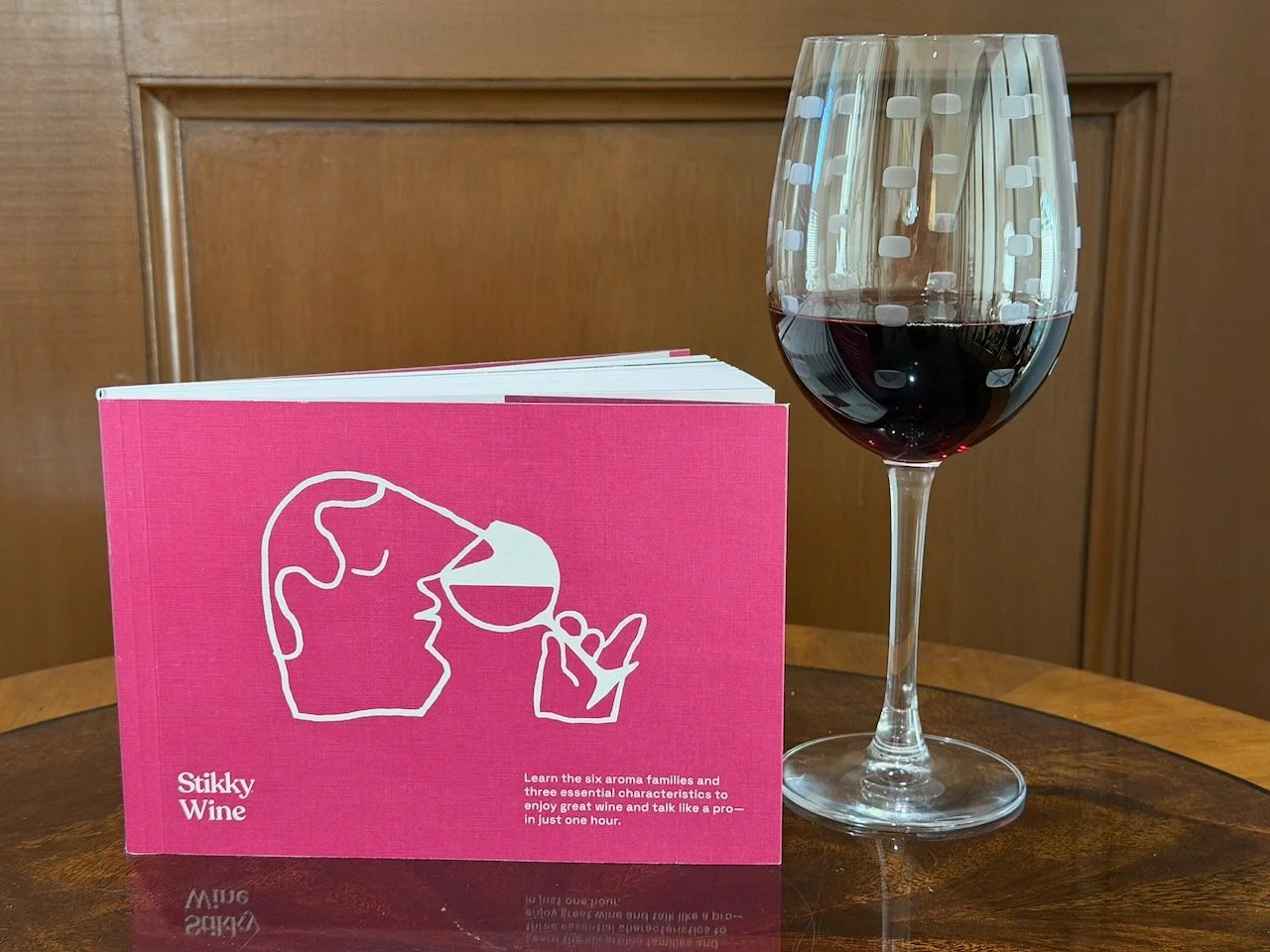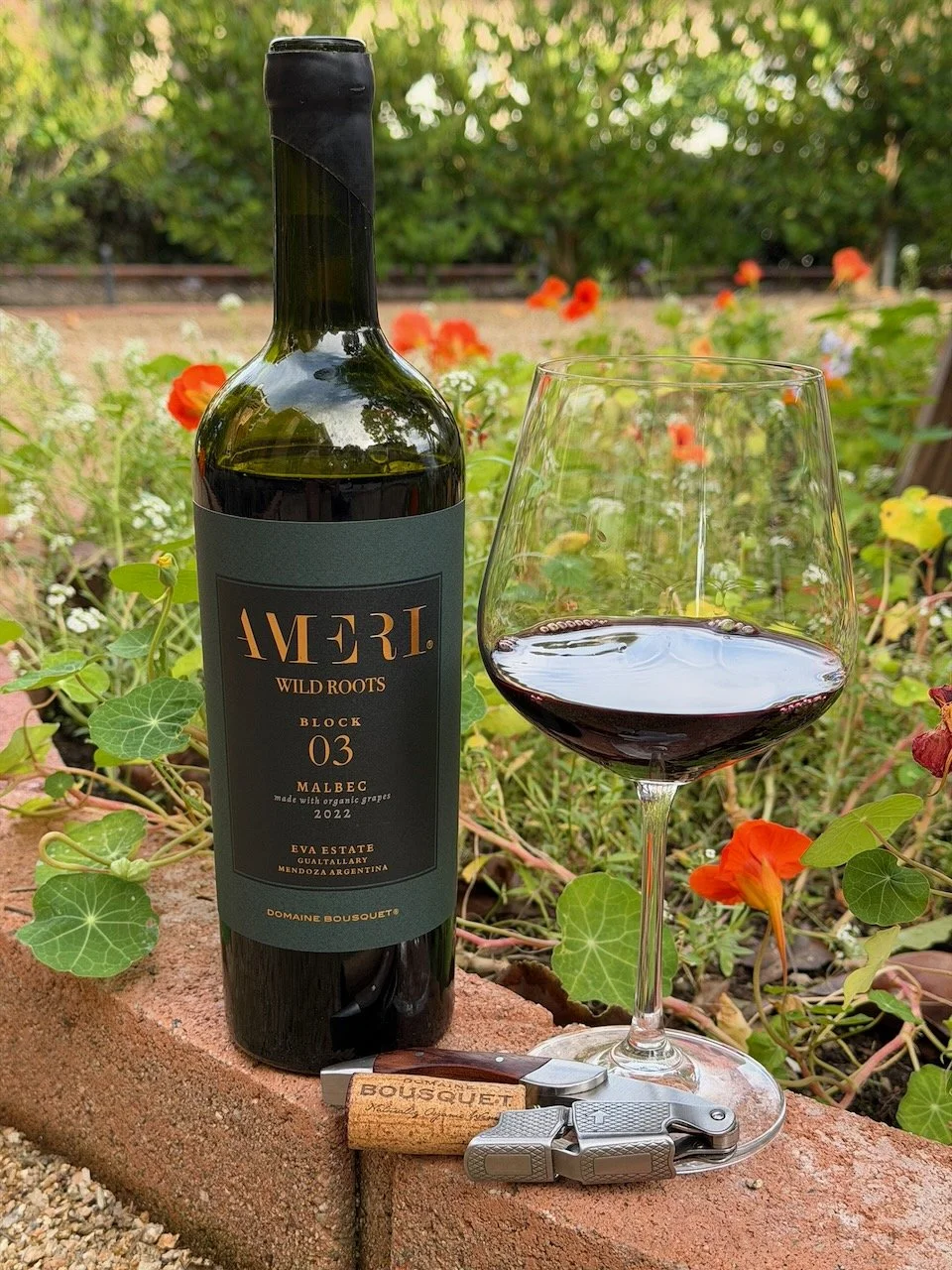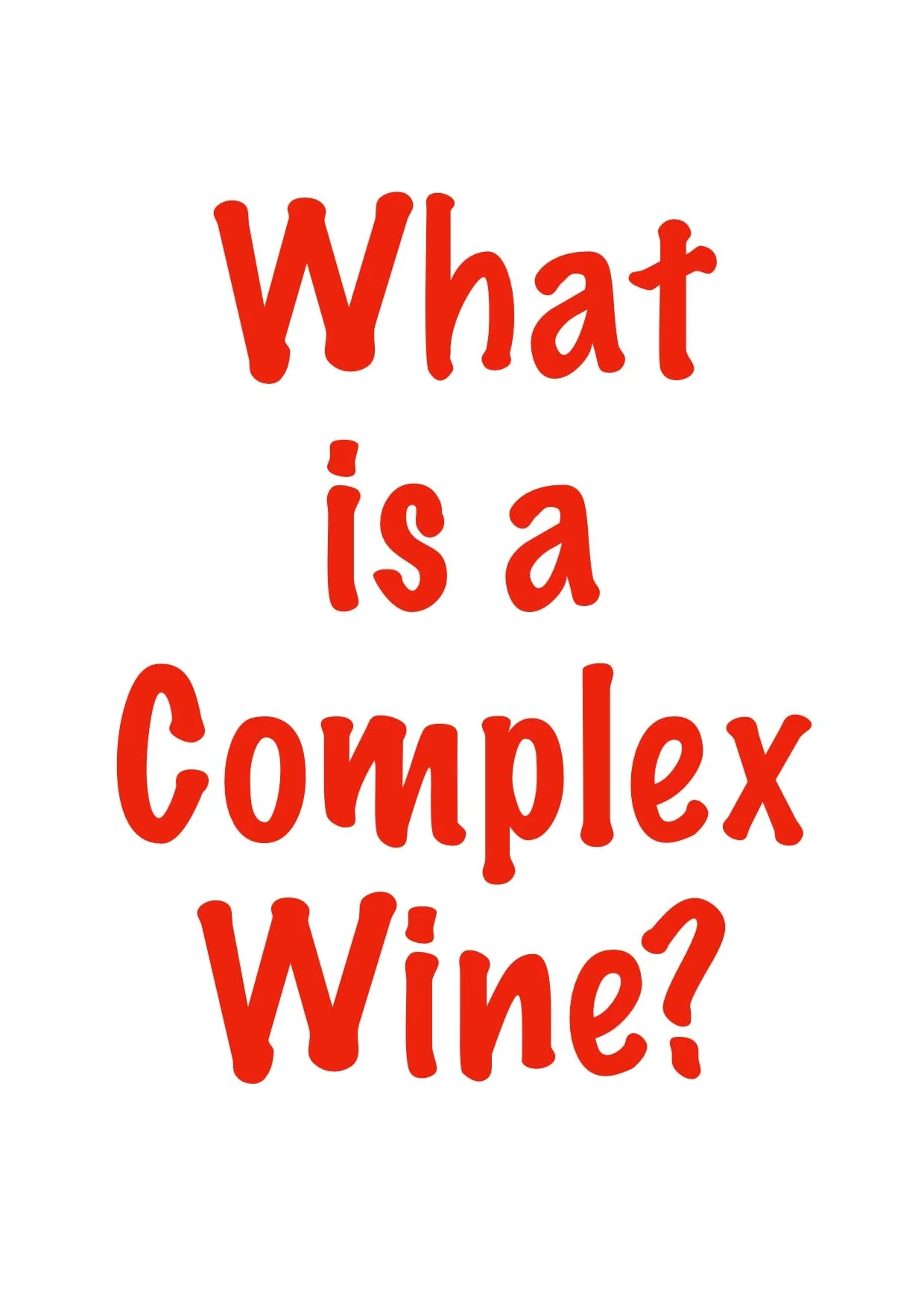Photo by Irene Kredenets on Unsplash
Last time we looked at the common flavors of white wines.
So, now, here are descriptions of what common red wines tend to taste like. These are the broad, recognizable flavor profiles you can expect:
Red Wines
Cabernet Sauvignon
Bold, full-bodied, and structured. Flavors include blackcurrant, blackberry, cedar, and baking spices, often with bold tannins.
Merlot
Softer and smoother than Cabernet Sauvignon. Flavors include plum, cherry, chocolate, and sometimes vanilla from the oak aging.
Pinot Noir
This wine is light-bodied and elegant. It includes notes of cherry, cranberry, strawberry, raspberry, and sometimes subtle earthy notes like mushrooms or forest floor.
Syrah / Shiraz
Rich and spicy. Syrah tends to show blackberry, black pepper, violet, and sometimes smoky notes. Shiraz (Australia) leans riper and jammy.
Tempranillo
Spain’s flagship grape is a mix of cherry, plum, herbs, and sometimes tobacco or leather, especially in aged versions.
Malbec
Juicy and smooth. Typically dark berry flavors, with hints of cocoa, plum, and black cherry.
Sangiovese
This is the grape in used to make Chianti. It’s bright with flavors of red cherry, tomato, herbs, and a lively acidity.
Grenache (Garnacha)
Light, juicy, and fruity. Flavors include strawberry, raspberry, white pepper, sometimes with a hint of cinnamon.
Zinfandel (Primitivo)
Bold and spicy. Lots of blackberry, plum, jammy fruit, and signature black pepper notes.
Cabernet Franc
A bit lighter than Cabernet Sauvignon, with red fruit, herbs, bell pepper, and soft, gentle tannins.






